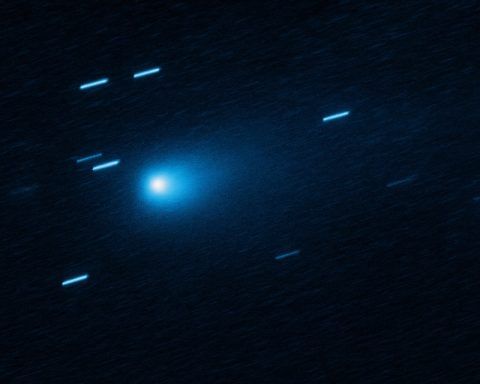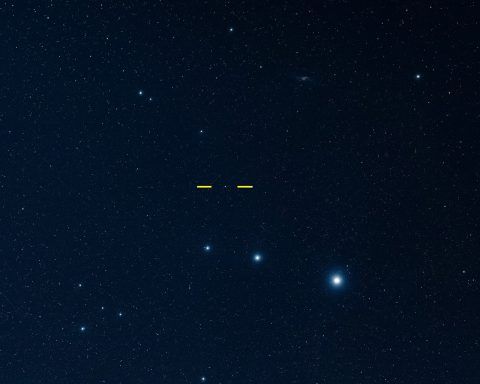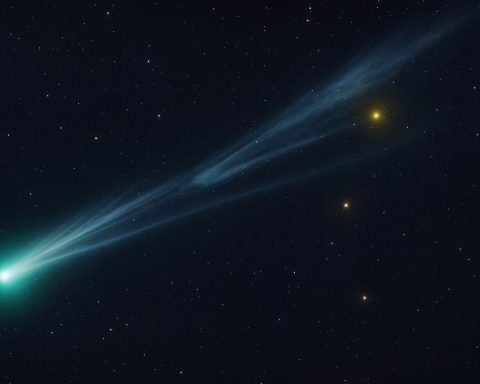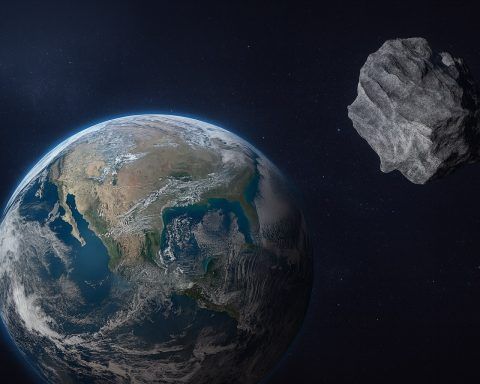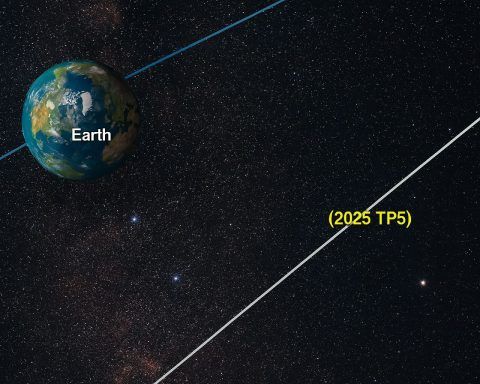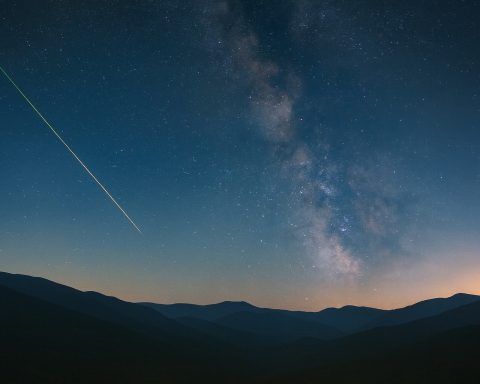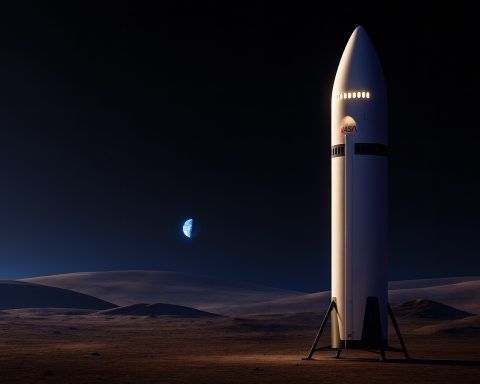
NASA’s Epic Week: Moon Rocket Ready, Mars Life Clue, and an Interstellar Visitor
Artemis on the Fast Track – and a New Moon Race NASA’s Moon program reached a major milestone this week: engineers at Kennedy Space Center finished stacking the Space Launch System (SLS) rocket for Artemis 2, placing the Orion crew capsule
